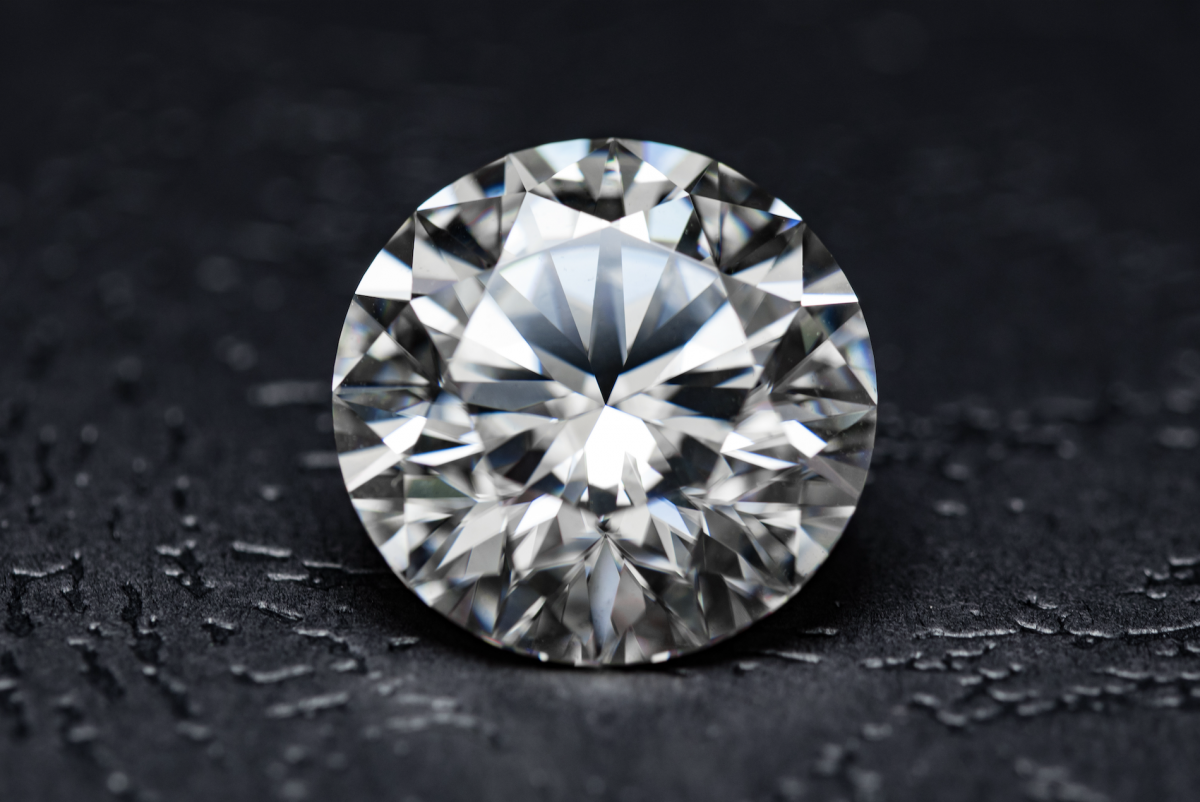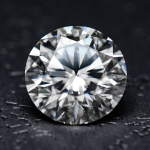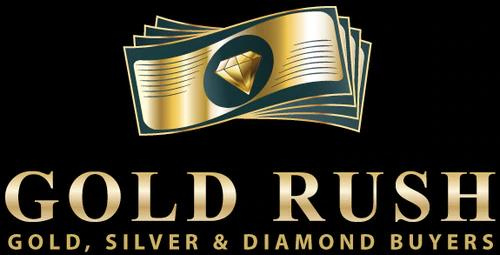Whether you’re shopping for yourself or for someone you love, it’s always fun to buy new jewelry. Some of the most beautiful jewelry contains gemstones. While rubies, emeralds, garnets, and sapphires are gorgeous, diamonds, and moissanite are some of the most popular choices because of their classic, timeless brilliance. It’s a common assumption that one may be better than the other, but just like beauty, “better” is in the eye of the beholder. Choosing between diamonds and moissanite really comes down to the interests of the person wearing the jewelry. Before purchasing jewelry containing either stone, consider some of the following differences between the two.
1. Sourcing
It is no secret that the practices used to source diamonds are often quite controversial. Historically, diamonds have been mined in conditions that are unsafe for workers, which in some cases are children, and the hours are long to say the least. Worse still, diamond mines are known for being terrible for the environment. In the past, it was challenging for jewelers to locate ethically sourced diamonds, however today that is less of an issue, and some diamonds are even grown in a lab. On the other hand, moissanite has always been made in labs, which means that no exploitation of workers or detrimental mining practices are involved in their creation. Moissanite are both stable and ethical, so if the person wearing jewelry prioritizes sustainability, moissanite or second hand diamonds may be the best way to go.
2. Durability
Diamonds are known as being incredibly hard and durable, to the point that people often reference diamonds colloquially when describing hard objects. This is because diamonds are truly the hardest naturally-occurring material on the planet, which means that they are quite difficult to break or scratch. If you are purchasing an item of jewelry that will likely see a lot of wear, diamonds are up to the task of daily use. Alternatively, moissanite is not nearly as durable. While moissanite is considered hard when compared to other types of gemstones, it doesn’t come close to a real diamond. Moissanite are far more likely to scratch or break with daily wear.
3. Color
One of the reasons that diamonds have become such a timeless jewelry staple is due to the understated glamor of their clear color; diamonds go with everything. However, it is important to remember that diamonds actually come in a variety of colors, including brown, pink, and yellow. While these colorful diamonds are certainly cheaper than white diamonds, they are still substantially more expensive than colorful moissanite, which is available in a much broader array of colors. Made in a lab, moissanite can truly be manufactured in any color you can imagine, meaning that there are endless opportunities to incorporate different colors of moissanite into various pieces.
4. Cost
For many people, the biggest difference and the deciding factor when choosing between a diamond and moissanite is cost. Diamonds are undeniably expensive, and depending on the cut, color, clarity, and carat weight, diamonds can easily become unaffordable for many people, especially when it comes to engagement rings with larger stones. It’s true that diamonds grown in labs are more affordable than those found in mines, but they are certainly not cheap, especially if you are trying to remain within a budget. Moissanite offers an option that is affordable for just about everyone, and when it comes to design, the stones can be used almost interchangeably. Most people are unable to tell the difference between an authentic diamond and moissanite at first glance, which just goes to show that you don’t have to spend a small fortune to bring home stunningly beautiful jewelry.
5. Brilliance
When discussing jewelry, brilliance refers to an individual stone’s ability to refract light, and this trait is measured on a scale called a refractive index. A diamond measures 2.41 on the refractive index whereas a moissanite measures between 2.15 and 2.18. This is a fairly significant difference, and it’s why you’ll notice that diamonds give off the effect of “flashing” when you catch them in good light. Some of this flash is dependent upon the cut of the diamond, and those who are knowledgeable about diamonds will notice right away the flash of a genuine stone. Moissanite, on the other hand, does not give off the same flash. While moissanite is known to sparkle, there is no way to reproduce the one-of-a-kind “fire” that exists within an authentic diamond. Keeping that in mind, remember that moissanite does give off a rainbow effect some may consider more appealing. Ultimately, when it comes to brilliance, it is a matter of taste or preference. Gold Rush Centennial will give you a fair estimate for your jewelry, including diamonds and moissanite. Of course, diamonds earn the big bucks.































